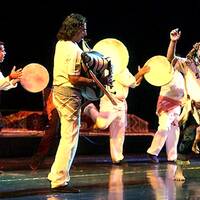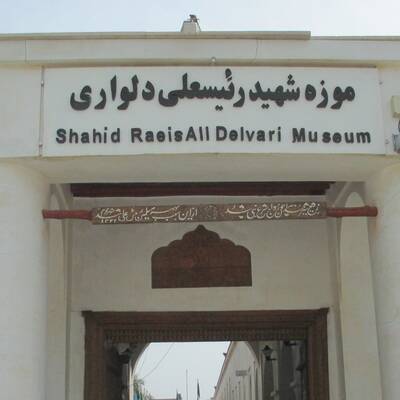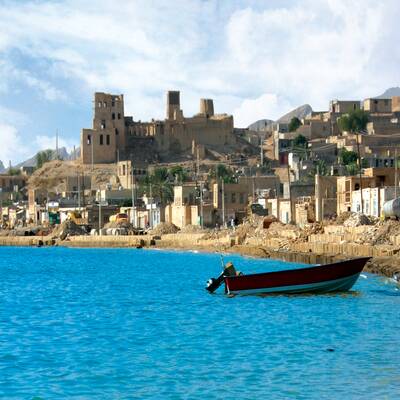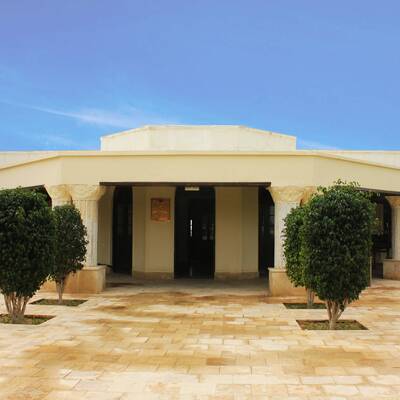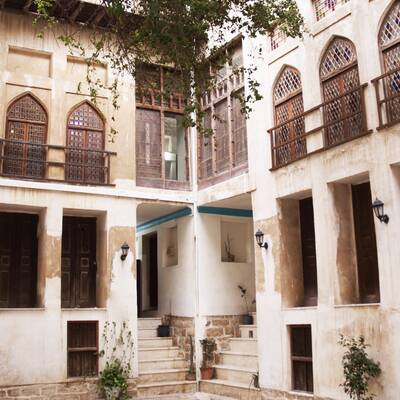Passionate Songs of Ports Residents
Folk music has a significant role in the life of Bushehr people, from ceremonies to mourning events and during the time of work or children sleeping; it has a long history in the culture of the people. The strong relation between the types of music and the life of people in this region is in such a way that working in the sea or even in the land is not imaginable without rhythmic movements and folk songs. The sample of that is the Bushehri sailors' song in the sea that is known in the local language as "Nime" which creates a specific passion and joy in the sea and has been registered on the intangible heritage list of Iran. The background of these kinds of joyful songs in the Bushehr region dates back to the songs and rhythmic movements of the Black African and Arab’s workers at the time when they work in southern coast of Iran that is currently considered to be a local feature.
The Roots of Bushehri dance
In fact, the ceremony’s music and dance of this region are combined of Bushehri music and adjacent tribes and migrants such as Kohgiloye & Boyer Ahmad’s Lurs, Bakhtiari and Qashqaei. Also, there is a collection of folk songs and dances in Bushehr that are common as "Bandari" its origin is not completely clear and it is common in Abadan, Khorramshahr and Bandar Abbas ports, too. The rhythm of Bushehri dance is fast with shaking the shoulders, hands and fingers. The feet are moved along each other across an imaginary circle and the dancers sometimes put their hands on the rein or move them in front of their body and above the head.
Shoulder shaking in Bushehri dances is accompanied by dancers bending, moving their hands up and down in front of their body sometimes with a sword driven from the Arabian and African movements, however, the Bushehri dance movement is like the culture of Luri dance as a whole. The dance which is known as "Dore", "Dori" and "Dorei" in Bushehr is performed by various styles and instruments such as Bagpipes, double reed, single reed, horn, Dammam and cymbal. The prominent feature of Bushehri dances is the dance with a handkerchief in a circle with a prologue like singing that is known as "Hajiati" (or Hajioti). The prologue of Hajioti is performed at the start of dances for gathering the dancers together, prepare them and create a dance semicircular.
Types of dances in ports
The chain, circular and group form are the other features of Bushehri dance along with the slow whirl, and repeated shaking the shoulder in the most regions. Bushehri dance is divided into Dori dances and other dances. Dori and chain form dances are done in a semicircular field by groups in Bushehr. The semicircular of dance is sometimes created with no "Serchopi" (means someone who stands as the first person of dance group). Sometimes, the musicians stand at the start of the group and they also dance with playing the instruments simultaneously. The rhythm of Bushehri dance is increased from slow to fast and its main characteristic is changing in tempo at the end of each song which is intensified little by little. These types of Bushehri chain dances are two independent collections as Bushehri Dore and Chahardastmale Dore which are done at the same time.
Bushehri Dore includes two types of dances which are named Chobi Bushehri and Shaki. This type of Dori is started with Chobi that is a slow dance and it is finished by Shaki. Chahardastmale Dore includes Chahardastmale chobi, Khorde Raqasi and Sepa which is the fastest type of dance in this collection. One of the features of this Dore is dance with a handkerchief and also it is done with no Dastmal and its movements are like Luri dance which shaking the shoulders have been added to it. The other dances which constituted the second collection are Khamiri, Bandari, Molodi and Torki Dastmali performed with some differences in the forms of dancing.

.jpg)
.jpg)
.jpg)
